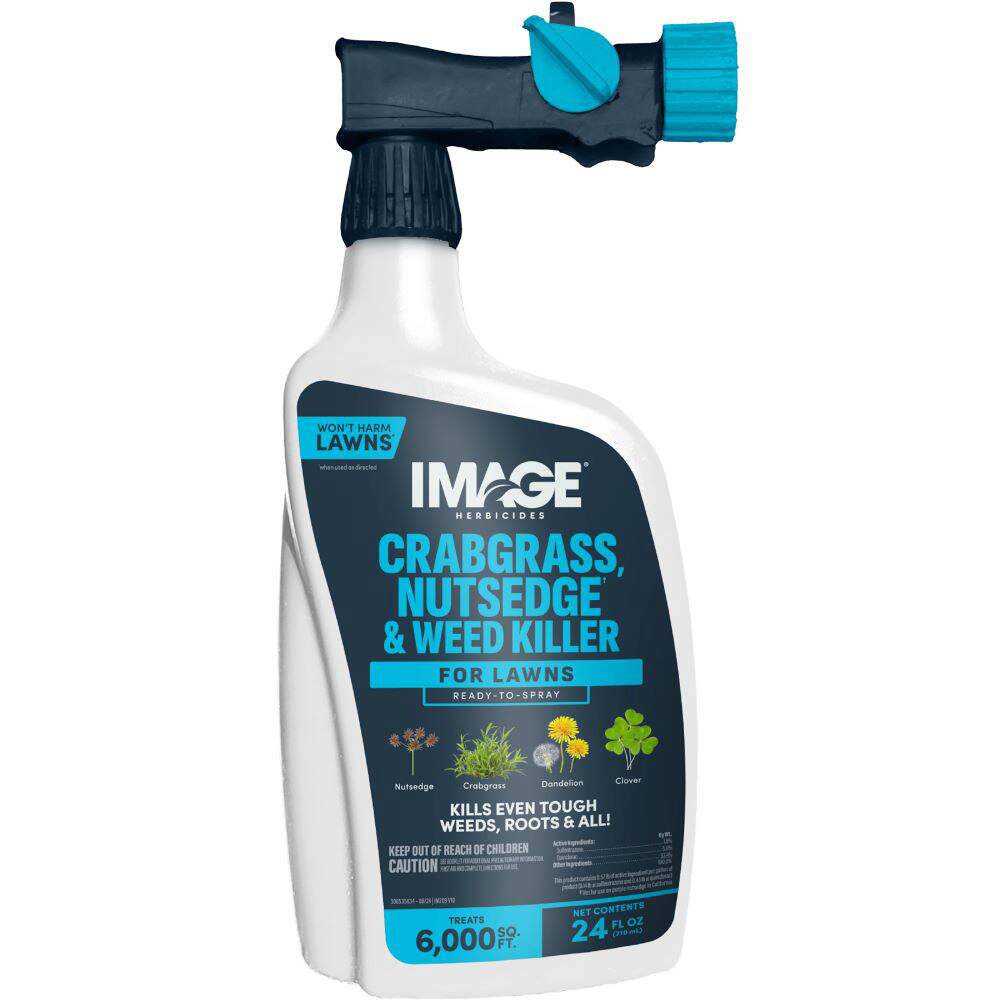HOW TO IDENTIFY PLANTAIN
Plantain refers to a group of several broadleaf perennial weeds that plague lawn owners nationwide. The leaves of these tenacious weeds grow to form basal rosettes of foliage. Leaves vary by type, but the broad leaves of common plantain grow on short, winged leafstalks. The leathery, blue-green leaves have prominent, parallel veins that run from the leaf base. Hole-making pests, such as snails and slugs, often target their Hosta-like leaves. Other types may have narrow or lancelike leaves that also grow in rosettes.
Plantain flowers and seeds appear on tall, leafless flower stalks that rise from the center of the basal rosette. Depending on the species, the flower stalks may grow 5 to 24 inches tall. Inconspicuous pale flowers and seed capsules line the spikes of common plantain from top to bottom. Other species of this tough weed have flower and seed capsules concentrated at the tips of flower stalks instead. As seeds mature, capsule colors along a spike may range from orange to brown to black.
WHERE AND WHY PLANTAIN GROWS
Plantain grows throughout North America. Though some people cultivate this plant as a medicinal herb, lawn owners know it as a persistent turf pest. Plantain prefers nutrient-rich, moist soils, but this weed tolerates poor drainage, drought and heavy compaction. It flourishes in moderate shade to full sun.
Lawn infestations of plantain are worse in areas where lawn grasses struggle, such as shady, compacted, overly moist lawns. Improving lawn maintenance by correcting drainage problems, aerating compacted soil and improving light penetration to turf can help restore lawn grasses' advantage.
HOW TO CONTROL PLANTAIN
When treating plantain or other lawn weeds, always read product labels. Some lawn grasses are sensitive to herbicides, so make sure product labels list your grass type. Only treat established lawn grasses; herbicides may damage new seedlings. For best results, treat plantain when soil is moist and the weeds are small and actively growing.
Image Herbicides offer several highly effective liquid products to kill or control plantain:
- Image Herbicides Crabgrass, Nutsedge & Weed Killer for Lawns, available in Ready-to-Spray and Concentrate forms, is a selective post-emergent weed killer that starts working on contact to kill plantain and other tough, listed weeds to the root. This product can be used on most cool-season and warm-season lawn grasses.
- Image Herbicides Crabgrass & Weed Killer for Lawns, available as Ready-to-Spray and Concentrate products, kills even the tough weeds — roots and all. For best results, apply this selective, post-emergent herbicide when soil is moist to kill plantain and other hard-to-kill listed weeds in most turfgrasses.
- Image Herbicides Weed Killer for Southern Lawns, available as Ready-to-Spray and Concentrate, starts working immediately to kill plantain down to the roots in most warm- and cool-season turf. Hard-to-control plantains may require two applications and higher use rates, as specified on the label.
Plantain Control Tip: Plantains grow back from their strong, shallow roots for several years, but these perennial weeds spread primarily by late-summer seed. To break the cycle of new weeds, treat plantain before the plant can flower and set seed.
If you prefer a granular option for post-emergent weed control, turn to Pennington Full Season Weed & Feed 25-0-8. This combination fertilizer and herbicide product controls plantain and feeds your lawn.
Always read product labels thoroughly and follow instructions, including guidelines for lawn grasses, frequency of applications and seasonal maximums that may apply.
PLANTAIN GALLERY

Common Plantain Infestation

Common Plantain Seeds and Spikes

Common Plantain Leaves

Common Plantain Leaf Veins

Common Plantain Winged Leaf Stalks

Common Plantain Flower Stalk

Buckhorn Plantain Flowers

Common Plantain Seeds




